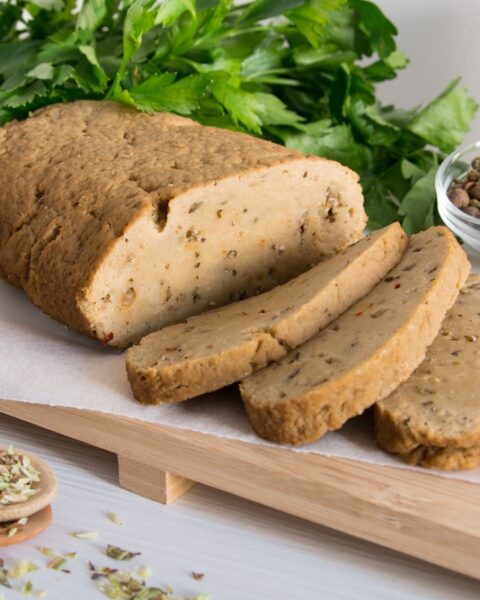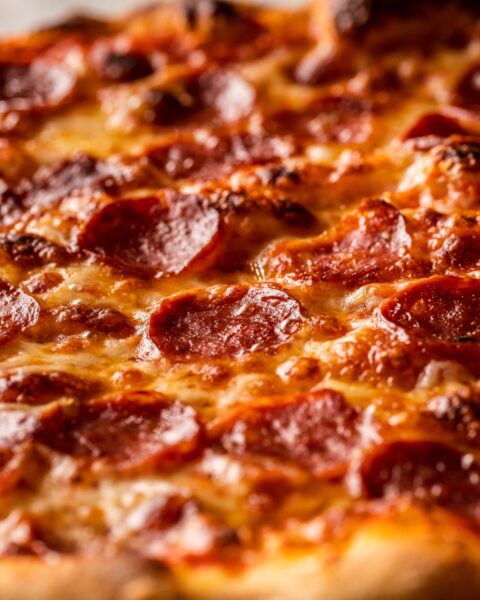Grains are a vital part of many diets around the world, but choosing the most nutrient-dense varieties can make a significant difference in your health. Packed with essential vitamins, minerals, fiber, and protein, certain grains offer impressive benefits that go beyond basic nutrition. By stocking your pantry with these powerhouse options, you’ll be able to create wholesome meals that nourish your body and support overall wellness.
Contents
Quinoa

Quinoa is often considered a superfood due to its high protein content and array of essential amino acids. Unlike many grains, it is a complete protein, meaning it contains all nine essential amino acids, making it ideal for vegetarians and vegans. Additionally, quinoa is rich in fiber, which supports healthy digestion and can aid in weight management. It also boasts significant amounts of iron, magnesium, and B vitamins. Quinoa’s versatility makes it a great addition to salads, soups, and even as a base for grain bowls.
Farro
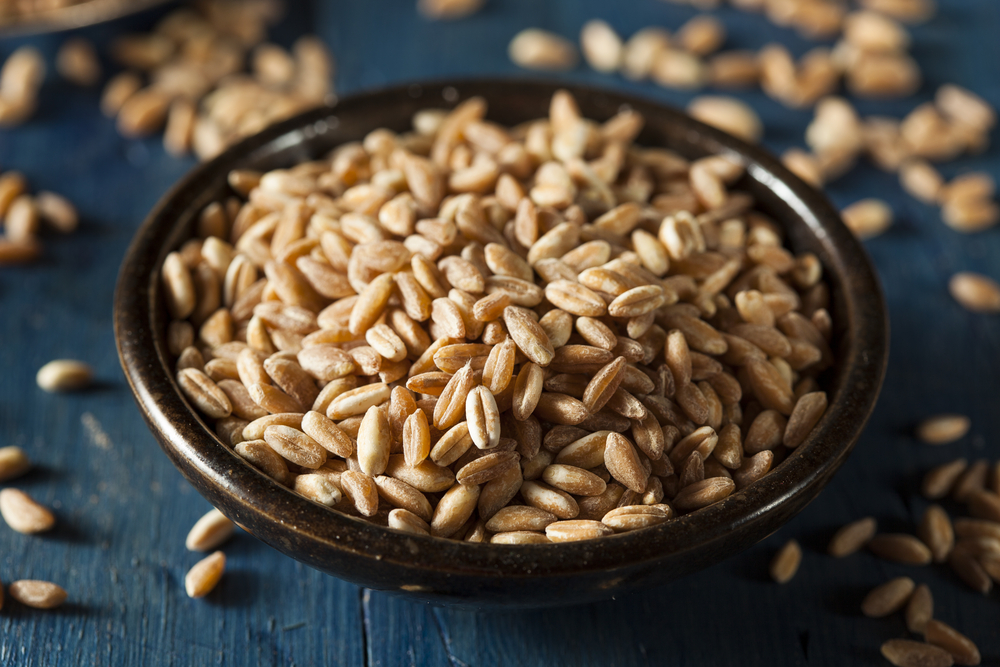
Farro is an ancient grain that has been a staple in Mediterranean diets for centuries. It’s known for its nutty flavor and chewy texture, making it a satisfying addition to soups, salads, and side dishes. Nutritionally, farro is packed with fiber, protein, and a variety of antioxidants that support heart health and combat inflammation. It’s also rich in magnesium, iron, and zinc, essential minerals for maintaining energy and supporting immune function. With its high nutrient profile, farro is an excellent grain for those looking to diversify their diet.
Amaranth
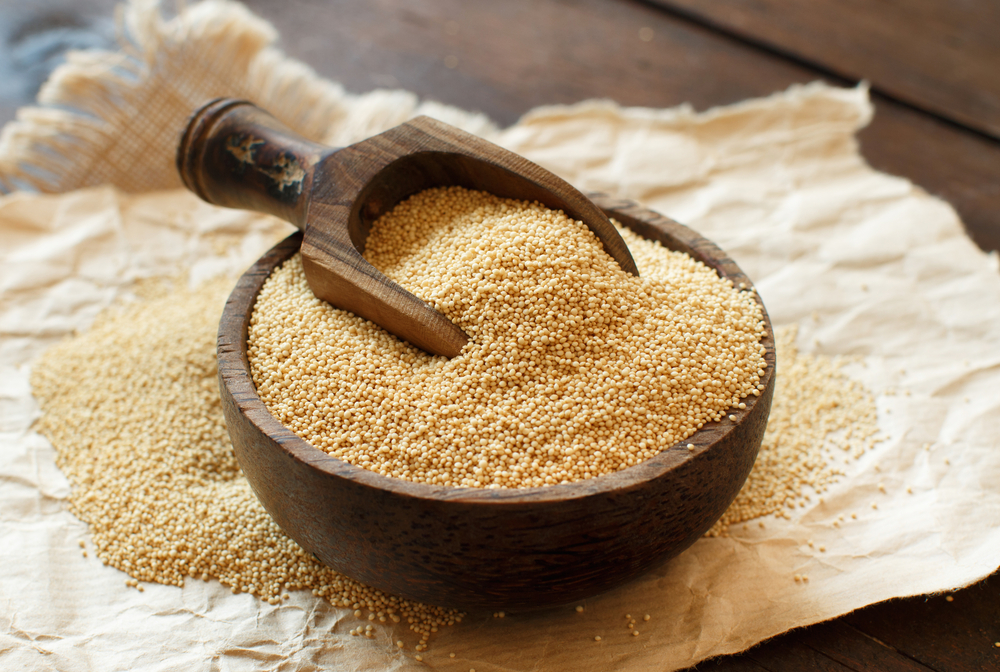
Amaranth is a gluten-free grain that’s small but mighty in nutrients. It’s particularly high in protein and contains lysine, an amino acid missing in many other grains. Amaranth is also rich in calcium, which supports bone health, and magnesium, which aids in muscle function and relaxation. Additionally, it’s a good source of fiber, which can help regulate digestion and support heart health by lowering cholesterol levels. This grain can be used in porridges, soups, or even as a flour alternative for gluten-free baking.
Buckwheat

Despite its name, buckwheat is not related to wheat and is entirely gluten-free. It’s a powerhouse of nutrients, containing high levels of fiber, protein, and antioxidants like rutin, which promotes heart health. Buckwheat is also a great source of magnesium, iron, and manganese, essential for energy production and bone health. Additionally, its complex carbohydrates help in regulating blood sugar levels, making it ideal for those with diabetes. Use buckwheat in pancakes, porridge, or as a base for savory grain bowls.
Millet
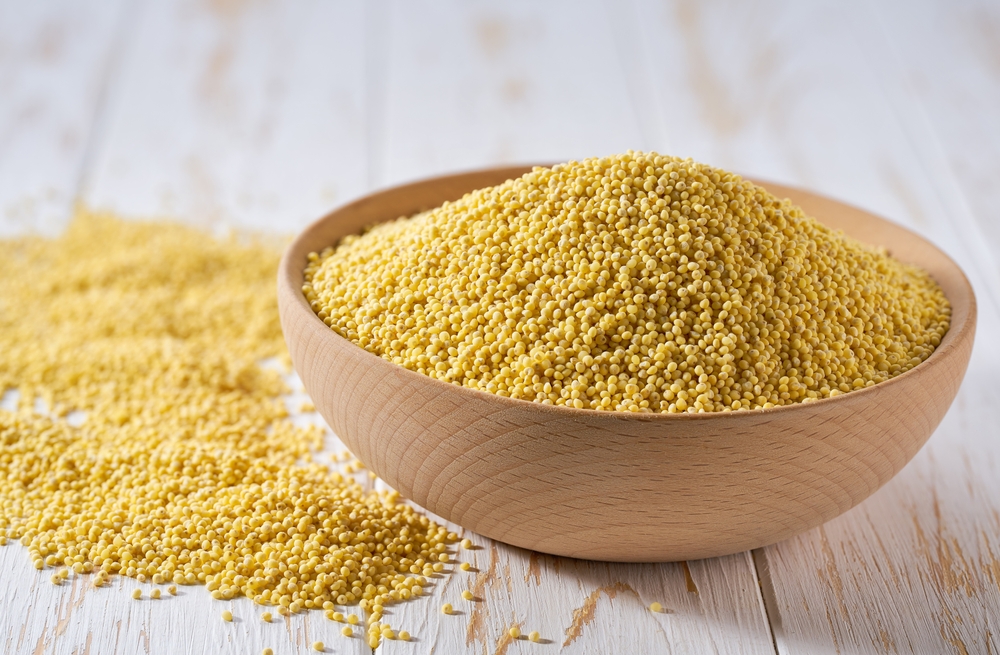
Millet is a small, round grain that’s highly nutritious and naturally gluten-free. It is rich in magnesium, which can help reduce blood pressure and support heart health. Millet also contains a good amount of fiber, promoting digestion and lowering the risk of heart disease. Additionally, it’s packed with antioxidants that protect your cells from oxidative damage. Millet can be cooked like rice or made into porridge, and it works well as a base for both sweet and savory dishes.
Teff
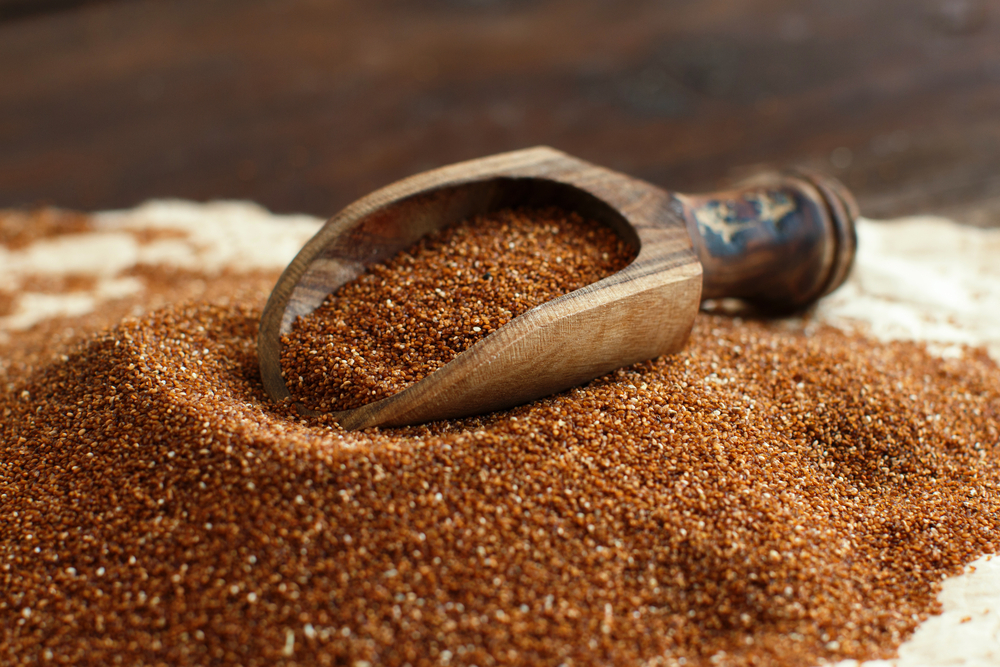
Teff is a tiny grain that packs a huge nutritional punch, particularly in terms of calcium and iron. It’s also high in resistant starch, a type of fiber that helps with blood sugar management and supports gut health. Teff is rich in protein and essential amino acids, making it a great option for plant-based diets. Its naturally gluten-free nature makes it suitable for those with gluten sensitivities. Use teff to make traditional Ethiopian injera bread, or cook it as a grain for porridge or salads.
Sorghum
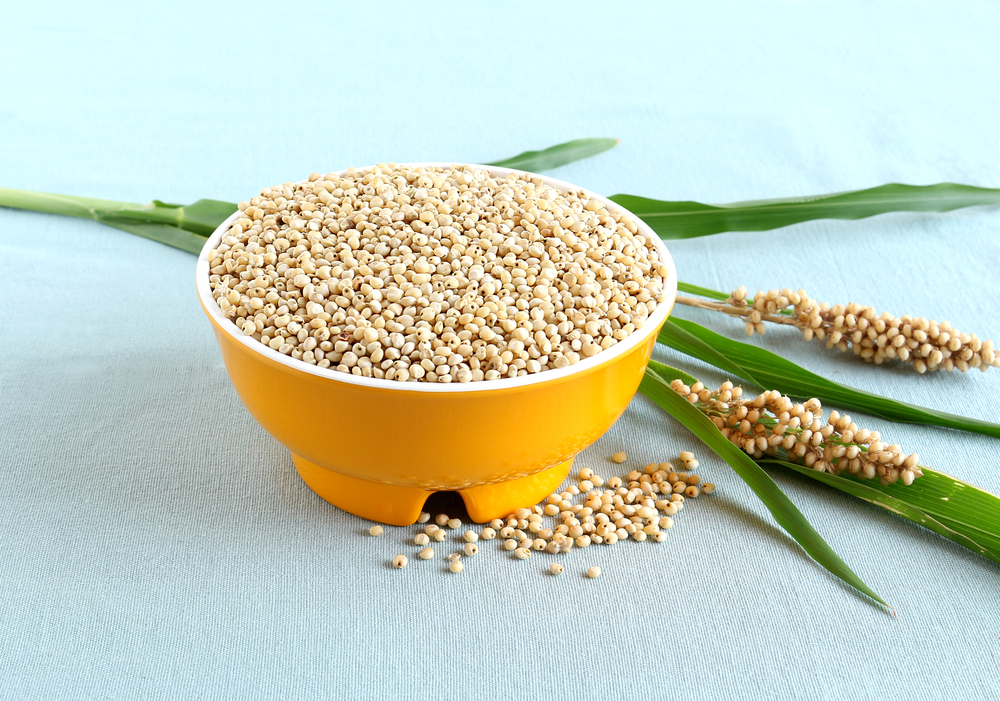
Sorghum is a gluten-free grain that’s high in protein, fiber, and antioxidants. It has been shown to help reduce inflammation and support heart health due to its rich supply of polyphenols. Sorghum also contains significant amounts of iron and magnesium, which are essential for energy production and bone health. Additionally, it is rich in B vitamins, which aid in metabolism and overall energy. Sorghum can be used in place of rice or barley in soups and stews or even popped like popcorn for a fun snack.
Barley
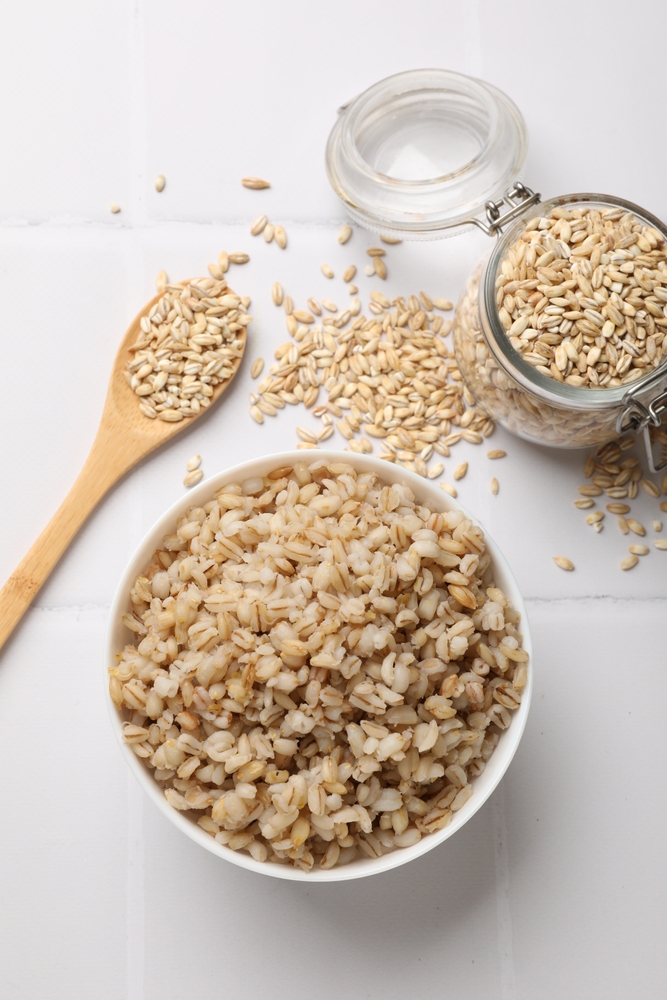
Barley is one of the most fiber-rich grains you can add to your pantry, making it great for digestive health and lowering cholesterol. It is particularly high in beta-glucan, a type of soluble fiber that has been shown to reduce the risk of heart disease. Barley is also packed with vitamins and minerals, including selenium, magnesium, and phosphorus, which contribute to bone health and immune support. Its chewy texture makes it ideal for soups, salads, and grain bowls. Barley can be used in both savory and sweet dishes, adding a hearty texture and nutritional boost.
Freekeh
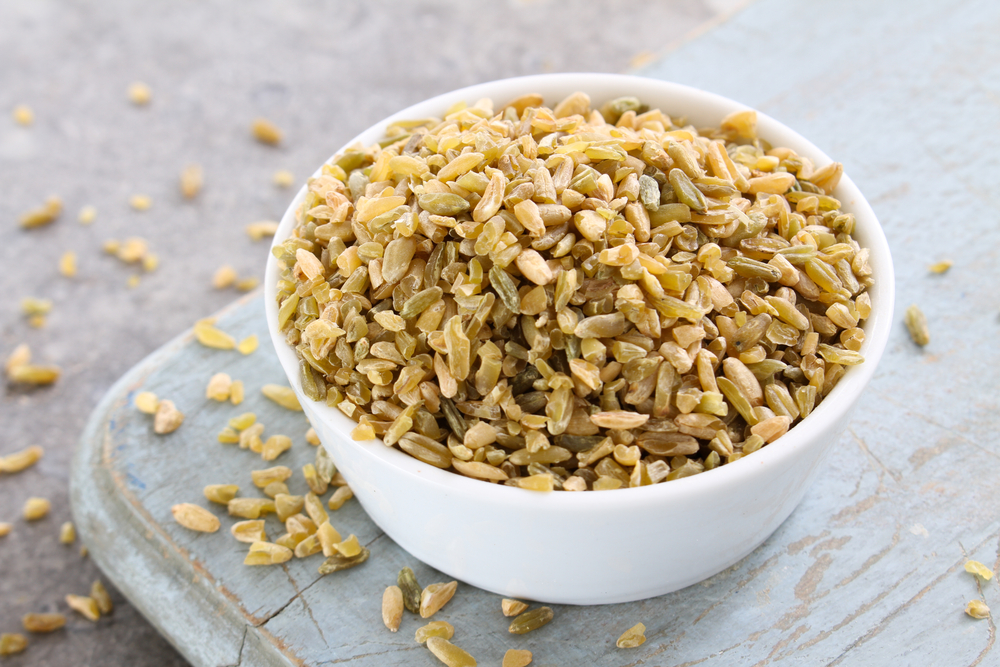
Freekeh is an ancient grain that’s harvested while still young, which helps retain its nutritional value. It’s high in fiber, with almost four times the amount found in brown rice, making it excellent for digestive health and satiety. Freekeh is also rich in protein and a variety of vitamins and minerals, including iron, calcium, and zinc. It has a slightly smoky flavor and a chewy texture, making it perfect for salads, pilafs, or as a side dish. Additionally, freekeh’s high antioxidant content helps fight inflammation and support overall health.
Spelt
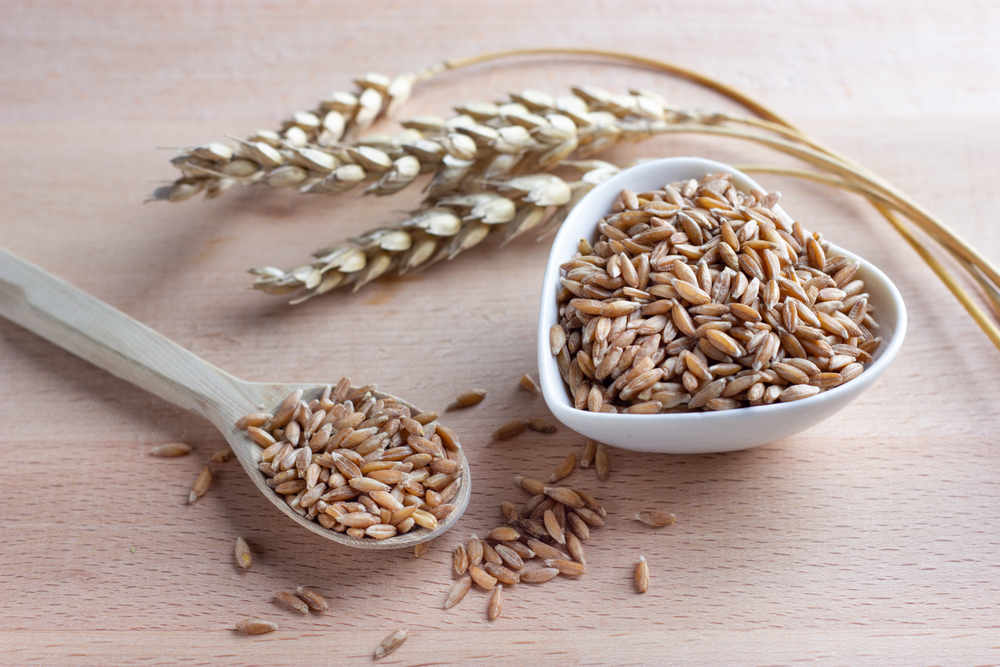
Spelt is an ancient wheat grain that is packed with fiber, protein, and essential nutrients. It’s particularly high in manganese, phosphorus, and magnesium, which help support bone health and energy production. Spelt also contains significant amounts of B vitamins, which are crucial for metabolism and maintaining energy levels throughout the day. Its high fiber content aids digestion and helps to keep you fuller for longer. Spelt can be used in baking bread, making pasta, or as a base for grain salads.
Wild Rice
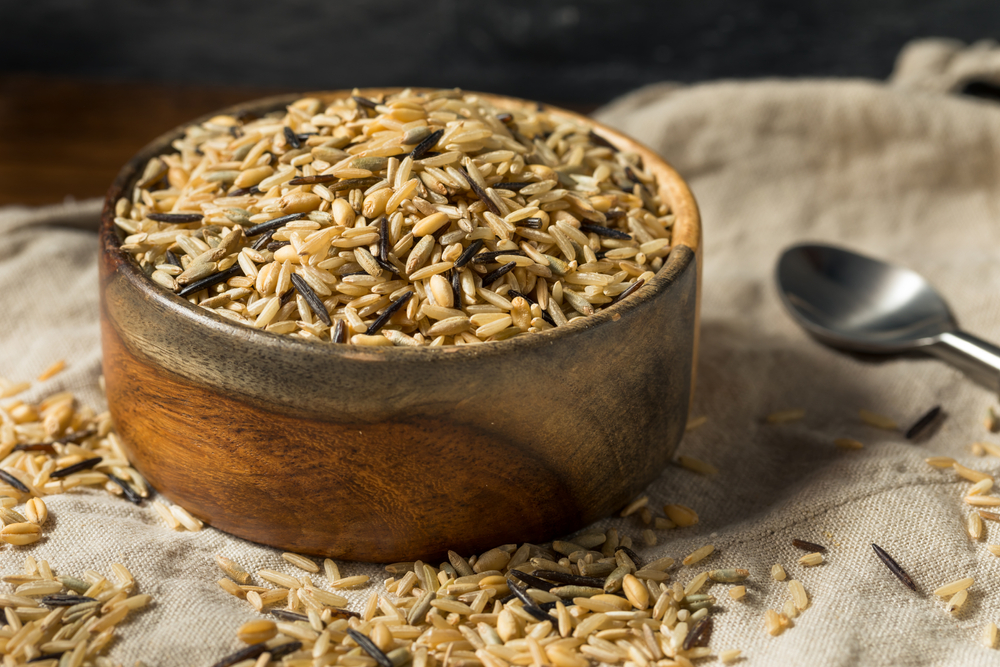
Wild rice is technically a grass, but it’s often considered a grain due to its texture and use in cooking. It is higher in protein than most grains and also contains a significant amount of fiber, which supports digestive health. Wild rice is packed with antioxidants, particularly in its outer shell, which can help reduce inflammation and support overall health. It is also a good source of vitamins and minerals like magnesium, zinc, and folate, which contribute to energy production and immune health. Its slightly nutty flavor and chewy texture make it perfect for pilafs, soups, and side dishes.
Oats
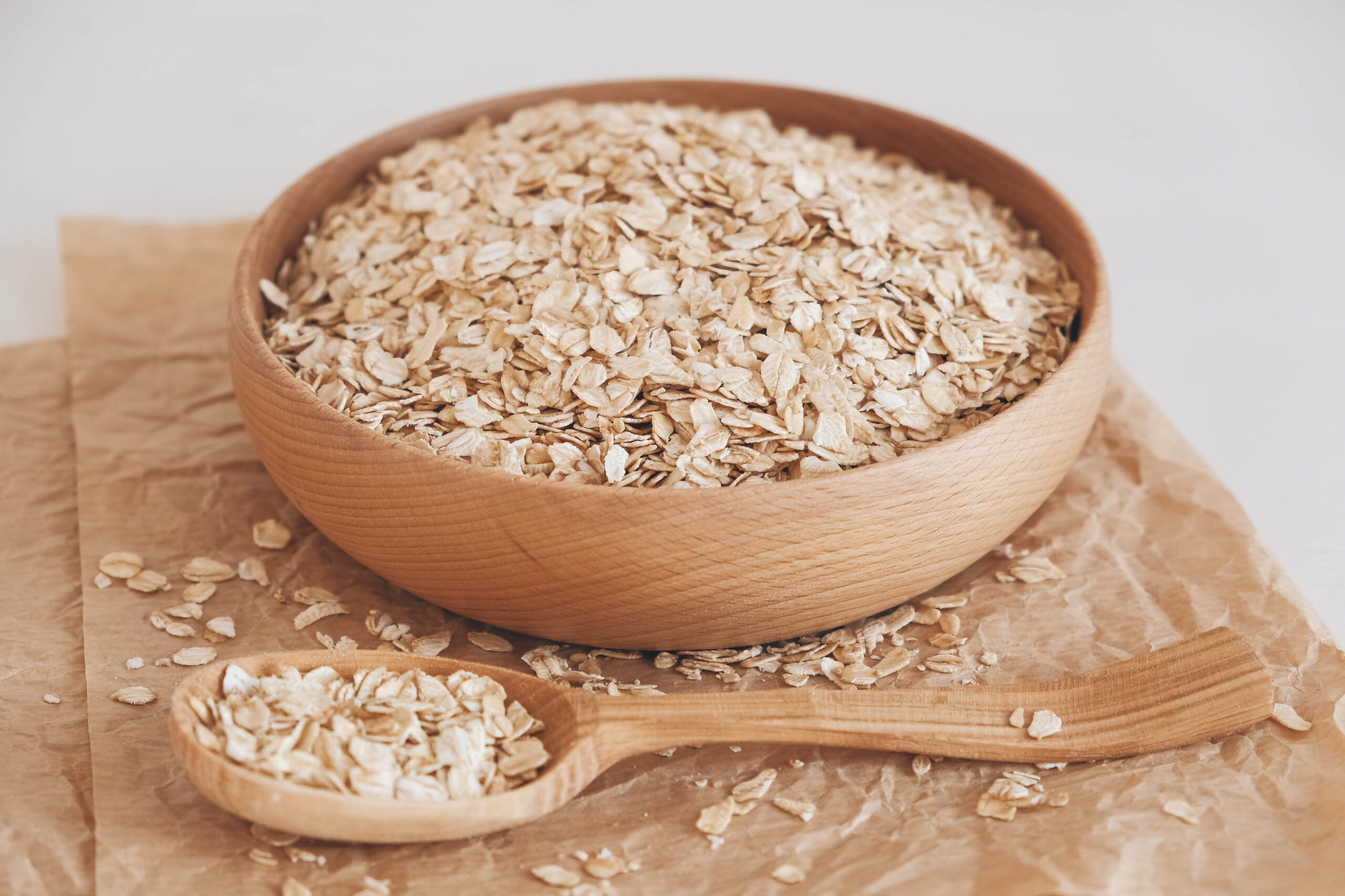
Oats are a popular grain due to their versatility and impressive health benefits. They are particularly high in beta-glucan, a type of fiber that can help lower cholesterol levels and improve heart health. Oats are also rich in protein and contain several essential vitamins and minerals, including manganese, phosphorus, and B vitamins. Their slow-digesting carbohydrates provide long-lasting energy, making oats a great breakfast option. Whether in oatmeal, granola, or baked goods, oats are a must-have in any pantry.
Kamut
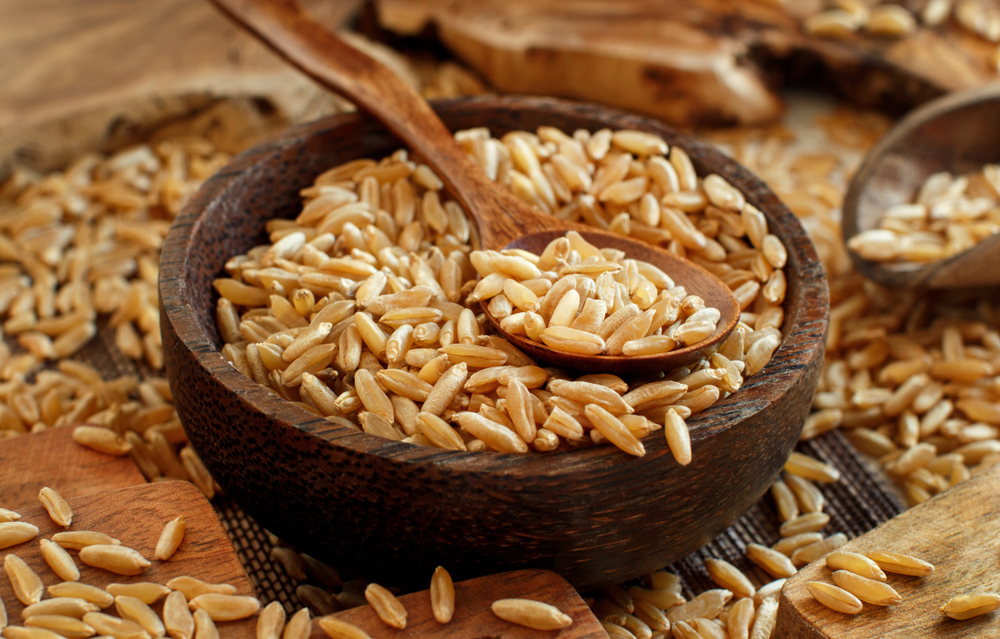
Kamut, also known as Khorasan wheat, is an ancient grain that’s packed with protein, fiber, and essential minerals like selenium and zinc. It has a slightly nutty flavor and is easier to digest than modern wheat, making it a great alternative for those with wheat sensitivities. Kamut is particularly high in antioxidants, which help protect the body from free radicals and inflammation. Additionally, it contains significant amounts of magnesium and phosphorus, supporting energy production and bone health. Kamut can be used in salads, soups, or as a base for grain bowls.
Bulgur
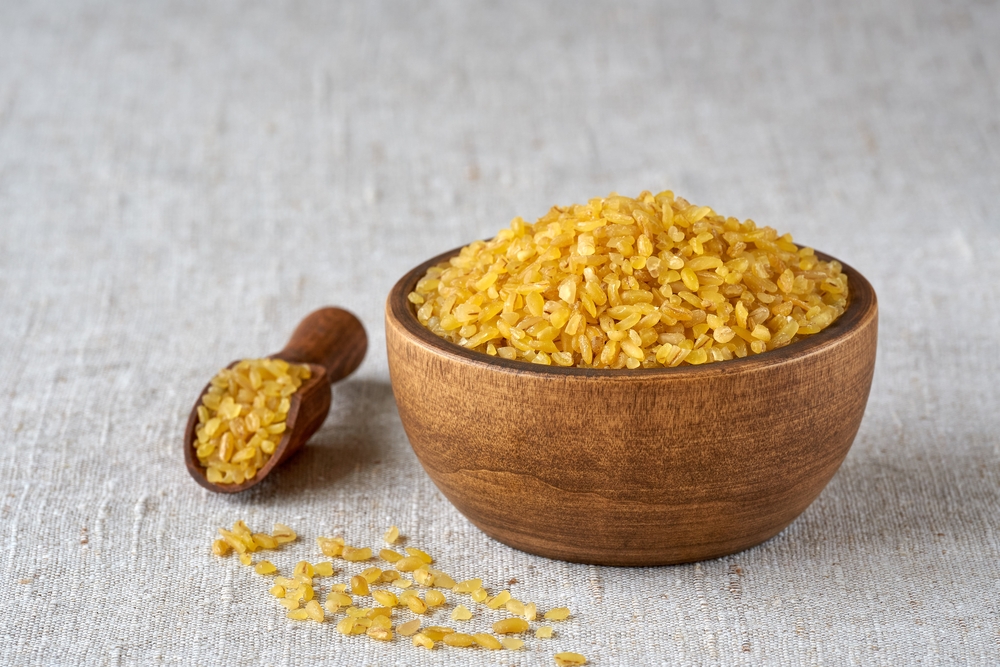
Bulgur is a quick-cooking grain made from cracked wheat, making it a convenient and nutritious pantry staple. It’s particularly high in fiber, which supports digestion and helps lower cholesterol levels. Bulgur is also a good source of plant-based protein, making it a great option for vegetarian diets. It contains several essential vitamins and minerals, including magnesium, iron, and B vitamins, which support energy production and overall health. Use bulgur in tabbouleh, soups, or as a side dish for a boost of nutrients.
Rye
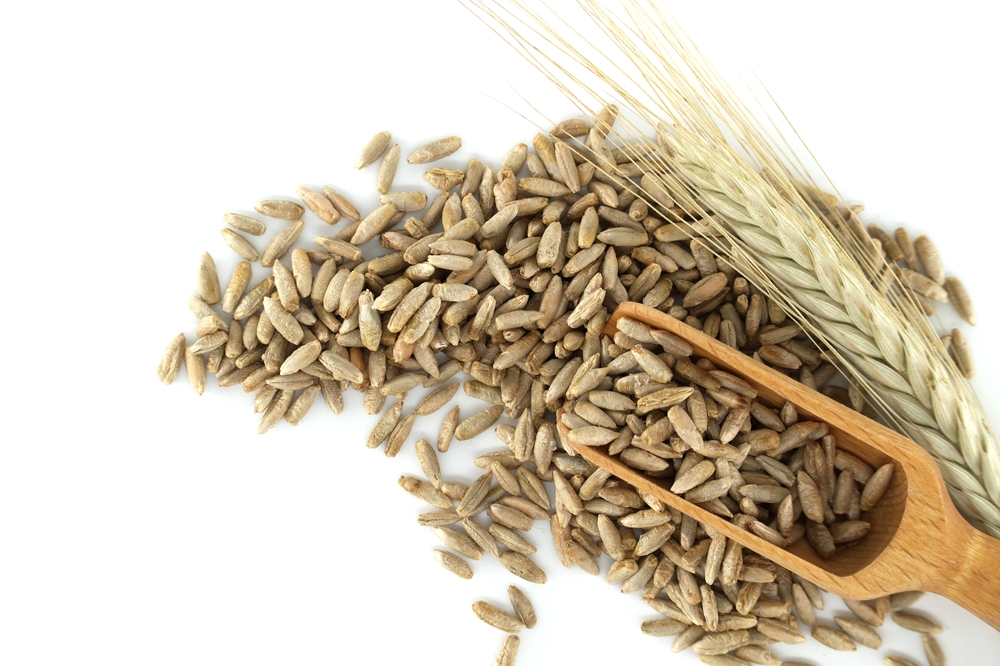
Rye is a hearty grain that’s rich in fiber and has been shown to help regulate blood sugar levels, making it a great option for those with diabetes. It also contains high levels of lignans, a type of antioxidant that may help reduce the risk of certain cancers. Rye is also a good source of essential vitamins and minerals like magnesium, phosphorus, and B vitamins. Its dense texture and slightly tangy flavor make it perfect for baking bread or using in hearty soups and stews. Rye flour is often used in sourdough, adding a distinctive flavor and a healthy boost to baked goods.
This article originally appeared on RetailShout.
More From RetailShout
17 Hydrating Fruits to Include in Your Daily Diet
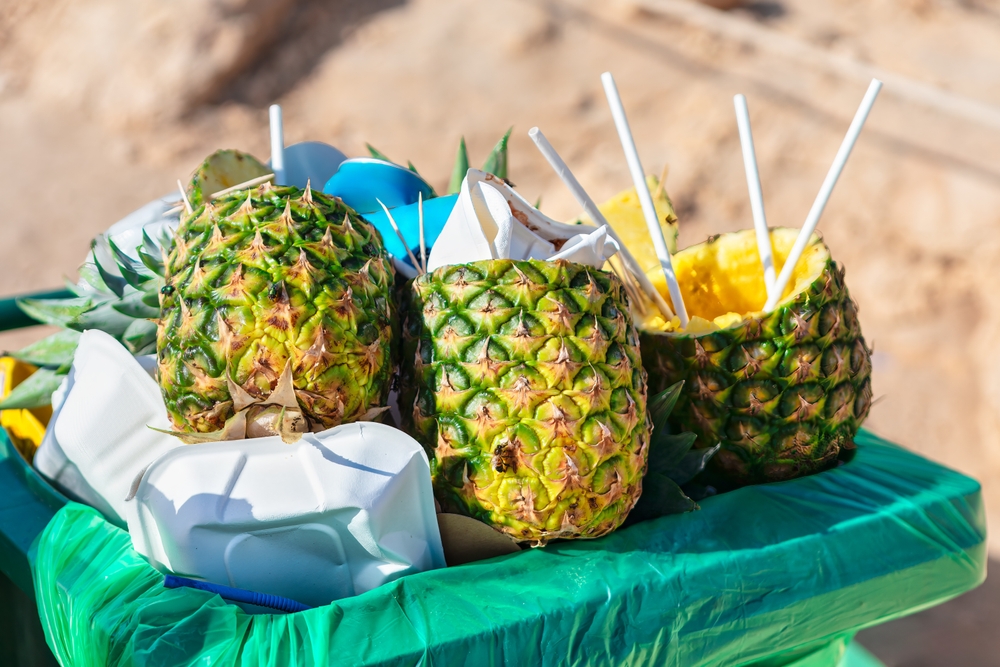
Staying hydrated is one of the most important things you can do for your body, but it doesn’t always have to come from just drinking water. Adding fruits with high water content to your daily diet can help you stay hydrated in a delicious and natural way. Read More.
10 Luxurious Dishes Served Aboard the Titanic

The Titanic was famous for many things, including the luxurious food served to its passengers. The ship’s kitchens were stocked with a variety of incredible dishes that catered to both first-class and third-class passengers. Read More.
15 Aldi Wines That Taste Expensive But Aren`t

Who says you have to spend a fortune to enjoy a glass of great wine? Aldi has an impressive selection of wines that taste luxurious but come at budget-friendly prices. Read More.




